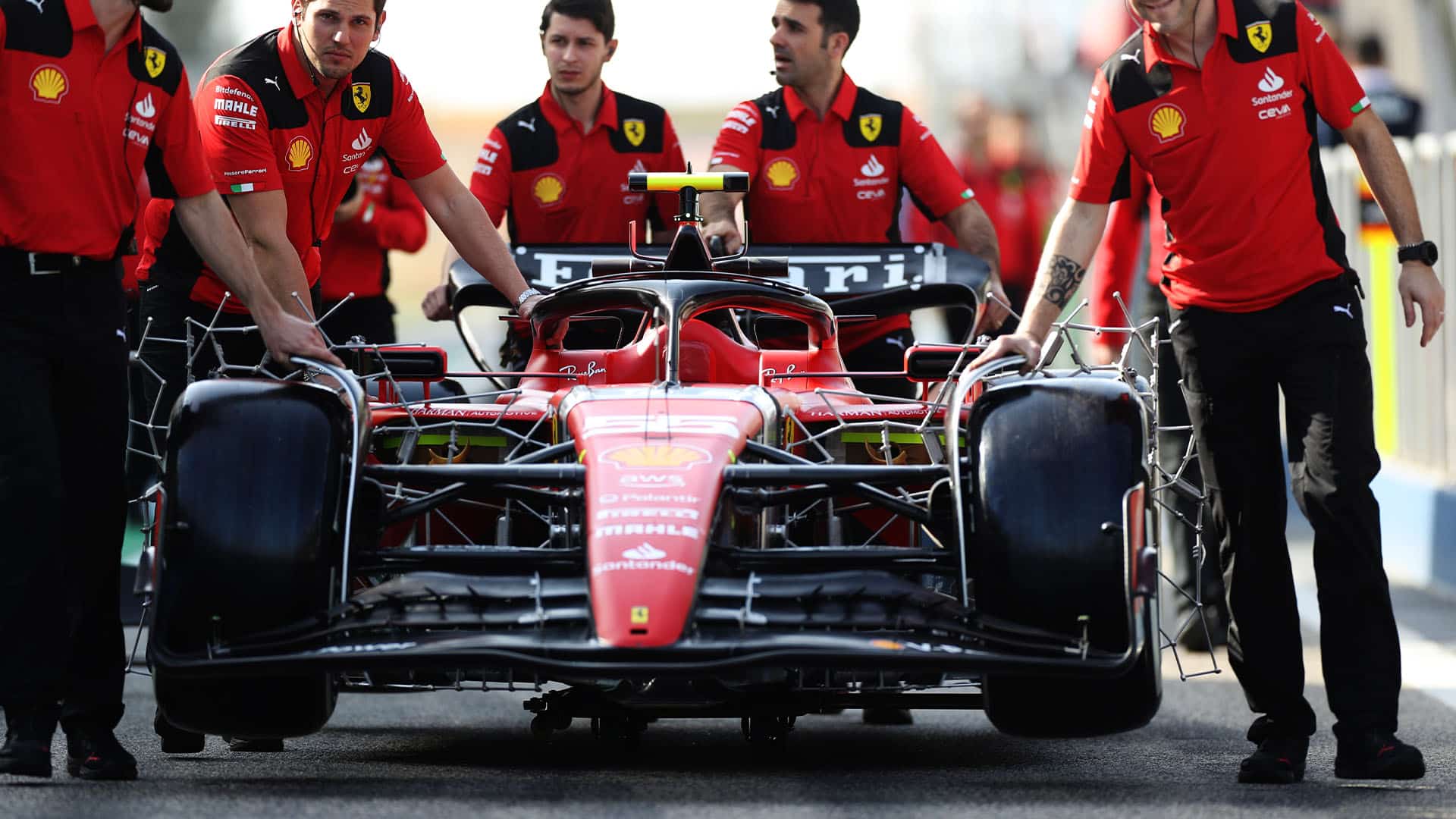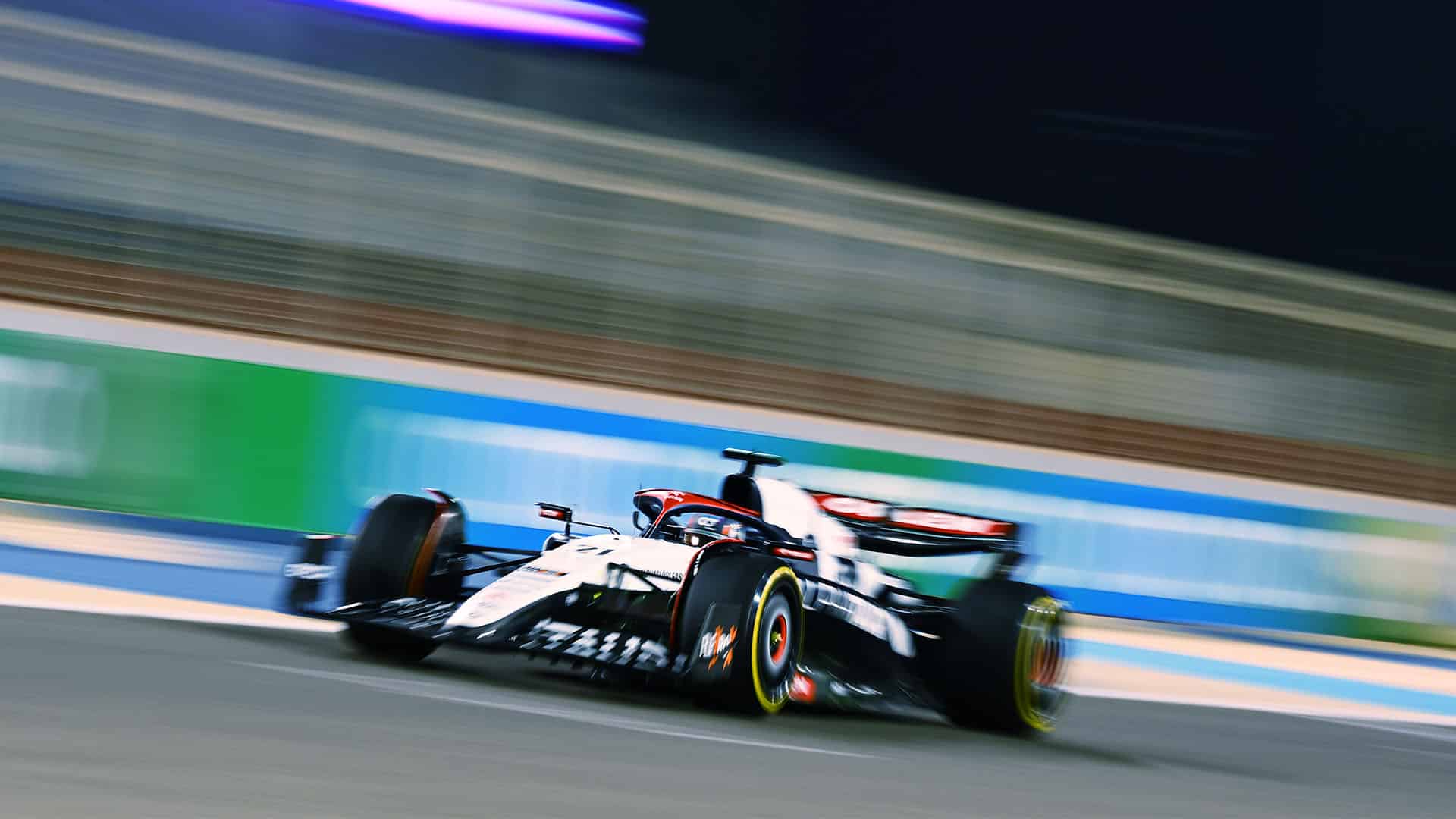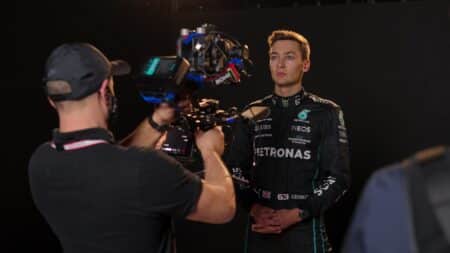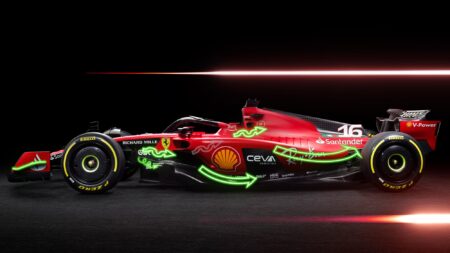Times have changed in terms of what is needed from testing. Simulators have given drivers the opportunity to learn tracks and teams the chance to try endless set-up permutations, while CFD and ever more efficient wind tunnels have ensured that aero parts that get as far as the car are usually well proven.
Factory rigs allow teams to test chassis components to destruction, and power unit dynos are more sophisticated than they were years ago. There’s also no tyre war, which makes a huge difference to the need for track mileage.
However all of that preparation and simulation doesn’t always transfer perfectly to the track. CFD and tunnels still have to be correlated with the actual car – hence the clumsy aero rigs seen this week.

Ferrari SF-23 fitted with aero rake during testing
Getty Images
Last year porpoising only reared its head when cars were running in real world conditions, and it was not something that could be easily resolved via simulation. And while young drivers can learn a lot in sims there is no substitute for track mileage in furthering their education.
That begs the question are this week’s three days enough? And wouldn’t it better if teams ran two cars apiece, as they used to testing in the old days, a strategy that was briefly revived at last year’s post-Abu Dhabi GP test?
Drivers might be keen to do more, but among the team bosses who sign the cheques there is no appetite for change, other than possible tweaks to how filming days work.





